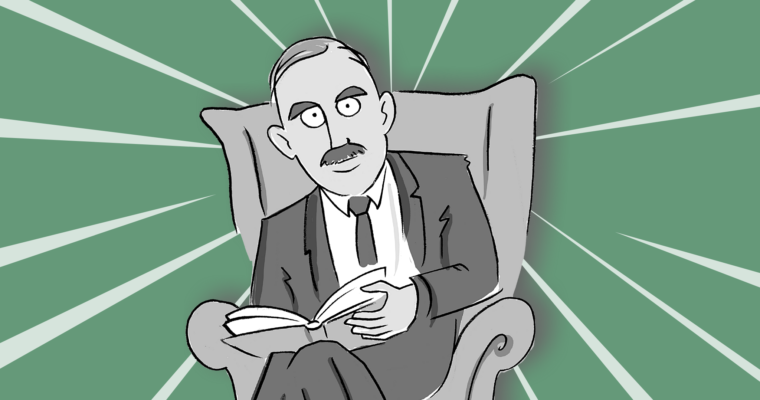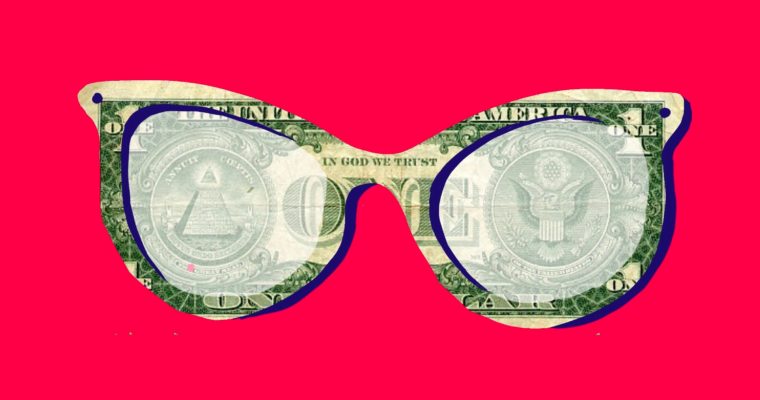Pope Francis criticized the global economic order and stood in solidarity with the disenfranchised. He will be missed.
April 22, 2025 – 4min read
By Patrick Kaczmarczyk | With the death of Pope Francis, the world has lost one of the most important moral voices of our time—and the global economic system one of its most persistent critics. No Pope before him had so sharply condemned contemporary capitalism while so authentically and passionately highlighting the contributions that Christian teachings can make in addressing today’s social and economic challenges.
Pope Francis came, as he jokingly remarked, “from the other end of the world”—from Argentina. There, Jorge Bergoglio spent decades as a pastor, dealing not only with spiritual wounds but also witnessing firsthand the destructive effects of an unrestrained financial capitalism and its devastating impact on society. In 2013, he was elected the 266th Pope—the first from the Global South. This perspective would shape his entire papacy.
Critique of Neoliberal Capitalism From Day One
From the very beginning of his papacy, he voiced a fundamental critique of the global economic and financial system. In his first major apostolic exhortation, Evangelii Gaudium (2013), Francis called for a Church that is open to the needs of the people—amid a “crisis of communal commitment.” He saw a key cause of this crisis in the ruthless economic practices of our time: “This economy kills”—a statement that made headlines worldwide.
Francis saw a system that places profit above human life as a violation of the commandment “Thou shalt not kill.” He emphasized this with a striking observation: “It is unbelievable that it does not cause outrage when an old man forced to live on the streets dies of cold, while a two-point drop in the stock market makes headlines. That is exclusion.” Against such exclusion, he insisted, we must resolutely say “No!”
Francis was not an economist, but his critique of the system was particularly effective because it stemmed from a deep understanding of the structural injustices of our time and was rooted in the tradition of Catholic social teaching. In his encyclicals Laudato si’ (2015) and Fratelli tutti (2020), he wove together social, ecological, and economic issues into a comprehensive critique of society.
He always thought in terms of interconnectedness: environment, economy, and society were not separate spheres but deeply interwoven. The ruthless way people treat one another—marked by a “hyperinflation of individualism”—was, in his view, a reflection of how we treat creation. At the start of Laudato si’, arguably the most important sustainability document in Church history, Francis wrote:
“The violence present in the human heart, wounded by sin, is also reflected in the symptoms of illness we see in the earth, the water, the air and in living things. That is why the earth herself, burdened and laid waste, is among the most abandoned and maltreated of our poor.”
For Francis, creation itself was among the poor and marginalized to whom he felt particularly committed, in the tradition of his namesake, Saint Francis of Assisi. To counter further destruction, he called for a “new universal solidarity” and an end to the “globalization of indifference.”
Permanent Crises as the New Normal
Since Laudato si’, global tensions have intensified: Brexit, Trump, trade conflicts, the COVID-19 pandemic, and new wars have shaken trust in international cooperation and economic order. At the height of the pandemic in March 2020, Francis spoke from an empty St. Peter’s Square:
“We were not shaken awake by wars or injustice across the world, nor did we listen to the cry of the poor or of our ailing planet. We carried on regardless, thinking we could stay healthy in a world that was sick.”
It was no surprise that his third major encyclical, released in 2020, centered on the lack of solidarity and growing social Darwinism. He denounced “stubborn, exaggerated, angry and aggressive nationalisms” as well as “new forms of selfishness and loss of the social sense.” When people today speak of an “openness to the world,” it often means only “freedom for economic powers to invest without obstacles anywhere in the world”—not human connection or global responsibility. This kind of globalization, Francis said, “unifies the world but divides people and nations.”
Resistance and Impact
The reactions to his stance were often harsh—not just within the Church but also in the broader public. Rainer Hank of the Frankfurter Allgemeine Zeitung publicly wondered whether Fratelli tutti alone was reason enough to leave the Church. Clemens Fuest, head of the ifo Institute, accused the Pope of ranting “against markets and so-called neoliberalism” and called his statements “dangerous,” as they might lead people to support authoritarian regimes.
Such accusations followed Francis throughout his papacy—he was labeled everything from a “communist” to a “socialist” to a “liberation theologian.” But a close reading of his texts reveals: Francis was not an ideological opponent of the market economy. Instead, he championed an ethics-based critique of an economy that shirks responsibility and is designed to benefit the wealthiest. Unlike most Western economists, Francis did not view the economic system as a natural or divinely ordained order, but as a man-made system whose rules can and should be changed to serve the majority and the planet. For many in the Global South—those affected by financial speculation, land grabs, or exploitative resource and supply chain policies—Francis was a true advocate, someone who understood their reality and challenged it both morally and structurally.
A Strong Voice for a Human-Centered Economy
The central message of the Pope was clear: The economy must serve humanity—not the other way around. In this belief, Francis stood firmly in the long tradition of Catholic social teaching. But he was the first Pope to bring this teaching into the global economic debate with such vehemence and public presence.
Francis also knew that appeals alone were not enough. He called for concrete structural changes—a reorientation of international institutions, fairer resource distribution, the elimination of harmful subsidies, an end to fossil fuel dependency, a debt moratorium for the Global South, and new forms of global cooperation. Even shortly before his death, the Vatican once again called for debt relief for Global South countries—a demand Francis consistently upheld for years.
In an age of rising global right-wing populism, the Pope’s voice was an essential anchor of reason and justice. That voice will now be missed. Yet both the Church and society can look back in deep gratitude at the legacy this Pope leaves behind.
For the future, we are left with hope: that the change Francis initiated will endure. Let us hope that the Church continues to focus on the poor, refuses to accept inequality and environmental destruction—and never stops raising its voice for the dignity of every human being.
Patrick Kaczmarczyk is a doctoral researcher at the Sheffield Political Economy Research Institute (SPERI) at the University of Sheffield, funded by the British Economic and Social Research Council (ESRC). Prior to his PhD studies, he worked with former Secretary of State at the German Ministry of Finance and UNCTAD chief economist, Heiner Flassbeck, on a research project on FDI in neoclassical theory of international trade, which became the basis for his doctoral research.
Originally published in German, by Surplus Magazine.








